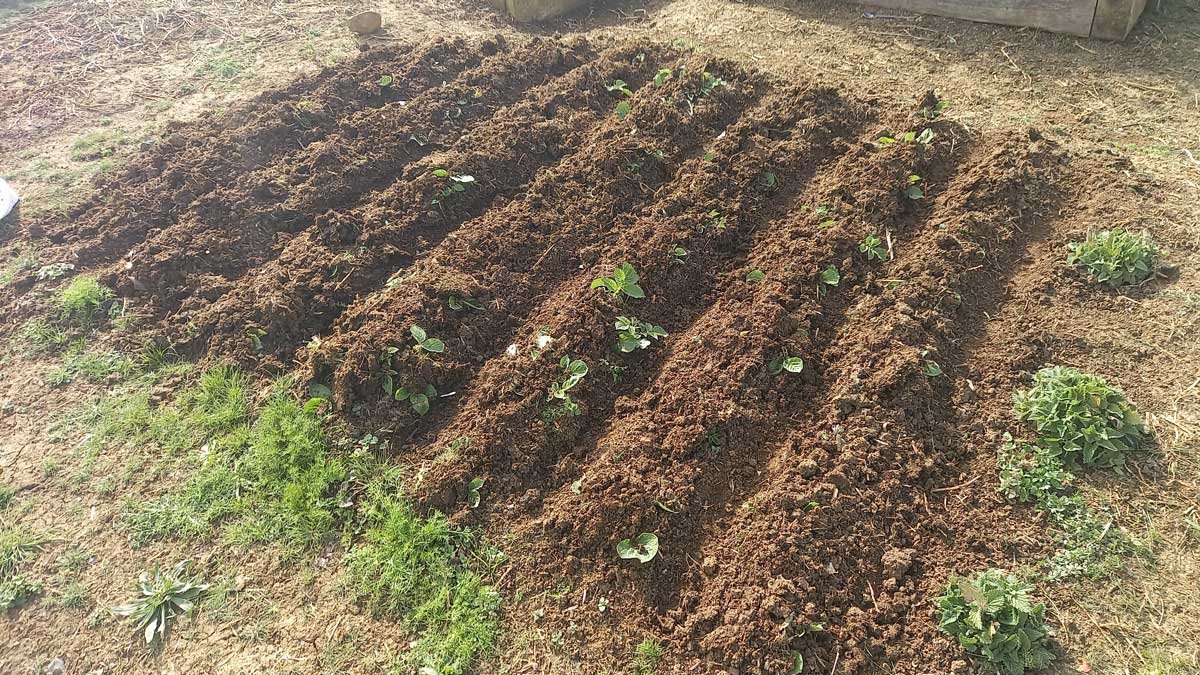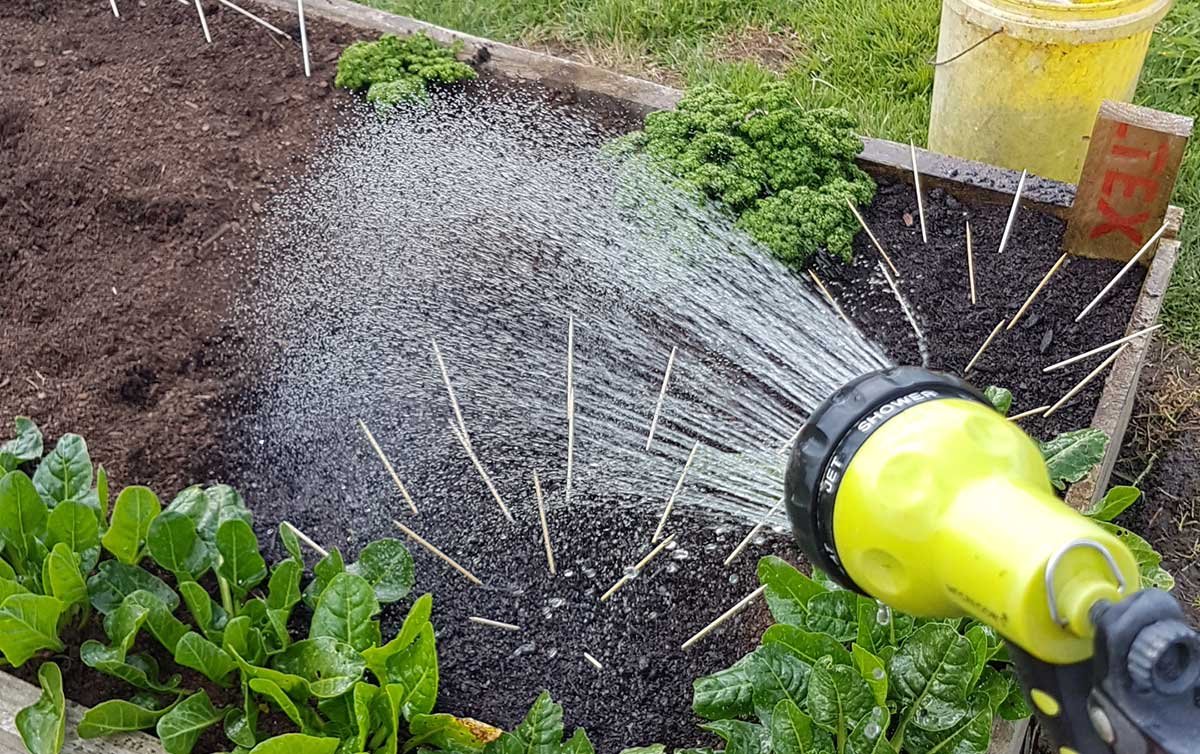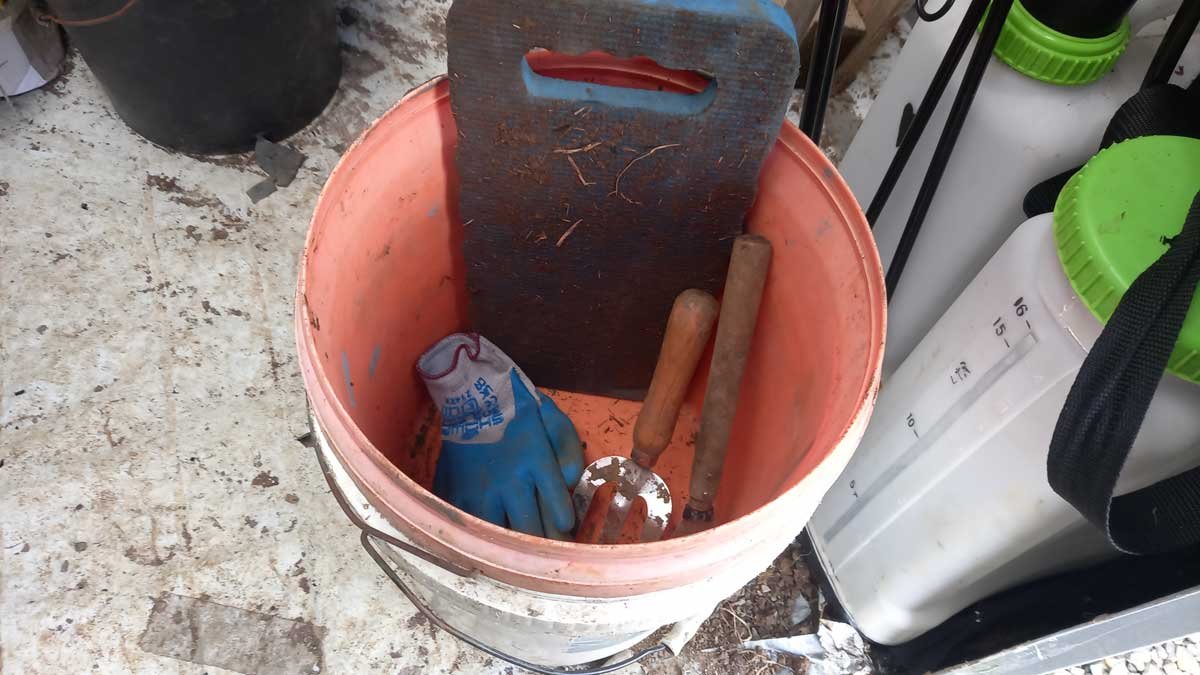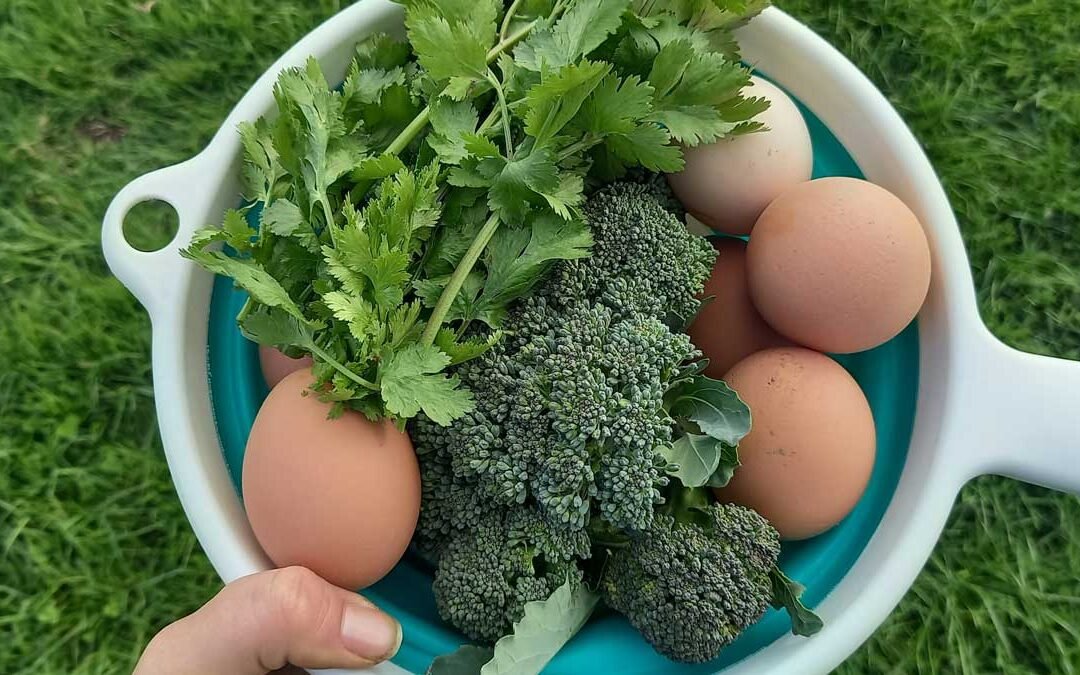Well I don’t know where this year went, but now we’re heading into spring, which will roll us straight into summer and next year!
I hope you’ve spent your winter wisely ‘cos it’s about to get a lot busier in the garden.
Top-line important things for this month:
- Prepare your gardens – evict the weeds, top up beds with compost – check your compost bins and worm farms before you buy it in!
- Finish pruning, start spraying fruit trees – this is your last chance to get in on winter pruning. Some tips for spraying are below.
- Absolute last month for planting strawberries.
- Outside: planting potatoes, establishing and maintaining your asparagus, last rounds of brassica, plant more peas. Sowing carrots, onions, radish, lettuces, silverbeet, and beetroot.
- Indoors: sow your summer seeds ready to go out in October and November.
Zones
Some districts can get away with things others can’t at different times of the year.
Living in the Far North, I have a very long growing season and can still grow some things my friends further south don’t have time for.
So where necessary, I’ll be referring to the zones shown on this map if the advice only applies to some areas.

Asparagus
Time to plant asparagus! You might find these as seedlings, or as crowns at your local garden center. You can also buy crowns online. Some varieties are also available as seeds.
Crowns are the most expensive option, but they will give you a harvest sooner than seedlings. A crown has already had its initial growing season with the grower. If you plant crowns, then you’ll want to let them grow and establish this year, but you can harvest a few spears next season.
If you sow seeds or plant seedlings, you’ll need to wait two-to-three years until you begin your harvest as they haven’t had their initial season yet.
In general when buying asparagus plants, newer disease-resistant varieties will cost more then the heritage ones, which may be more susceptible to fungal diseases.
Remember that asparagus is a perennial crop. The initial up-front investment is one of the last times you’ll need to buy asparagus at all!
Established beds should start seeing spears soon so keep your eyes open!
Potatoes
For those in Zone A who have an early crop in, they will need mounding. Giving them extra layers of soil or mulch helps protect them from frost.

If they’re too big for more mulch and you feel a frost coming, get a frost cloth, sheet, or other cover over them to keep them safe.
Frost control is really important until your region is past its last frost date.

Planting potatoes
Key tips for getting ready to get your spuds in as soon as it’s safe.
But don’t worry, there’s still another month or two to get your early potatoes in the ground. Zone B can start thinking about it this month, while Zone C should hold out until October.
Planting potatoes in mid-late October should mean they’re ready for your Christmas table.
Main crops
In the meantime, everyone should be thinking about sourcing your main crop seed and getting them chitting ready for planting once soils are a little warmer from late October.
Main crops can be stored over winter. Earlies are best eaten straight out of the garden. That’s the big difference. Earlies can be grown anytime in the season. Main crops are better planted in warmer conditions we’d expect to start receiving from late October.
They’ll take 2-4 months to mature, depending on your variety.
Garlic
Garlic will benefit from a side dressing of lime and blood and bone this month.
Ensure your beds are well mulched, and stay on top of any weeds while they’re small.
As spring temperatures rise, the risk of fungal diseases increase too. Some gardeners use a preventative spray of 1/4 cup apple cider vinegar per litre of water, applied weekly in the hopes it will reduce rust.
Does it work? I honestly don’t know. But some gardeners swear by it.
Tomatoes
Go ahead and get those tomato seeds into seed raising mix and onto a warm windowsill.
When it comes to choosing which tomatoes to grow this year, there’s a couple of terms it’ll help to understand.
Indeterminate tomatoes will keep growing up as tall as you let them. While determinate tomatoes will grow to a maximum height of about 120cm, but very bushy.
Choose the one that’ll work best in your space.
In the garden
Zone A can start sowing beetroot seed straight into the garden. It can be sown alongside silverbeet, onions, and lettuce seed, which all Zones can get in now if you’d like a nice mixed bed.
All Zones can sow carrots and parsnips straight into the garden. They pair up well with peas and radish, which can be sown at the same time.

Direct-sowing guide
Direct sowing is spreading seed in the place you want to grow it. This is the best way of getting good results for some crops.
It’s the last-call for the larger brassica like broccoli or cauliflower, unless you can find summer varieties that resist bolting. Get seedlings in this month.
Spinach lovers should also get some going either by sowing seeds or planting seedlings.
Sow indoors
Anything you sow this month will benefit from any extra warmth and light you can give them. A windowsill is good, a heat pad and a grow-lamp is better.
Eggplant, chilis, capsicum, tomatoes and basil seeds can all be started indoors this month.

Sowing seeds for transplant
Need to get some seeds growing indoors in trays? Here’s some tips from my garden.
September is also time to sow celery indoors.
Just incidentally, if you’ve struggled with celery in the past, why not give the herb parcel a nibble next time you’re at the garden center? It is a reliable perennial that I swear, tastes more like celery than celery itself!
Pip and stone fruit
Have you struggled with fungal diseases such as brown rot appearing on your fruit later in the season? Then you need to know that the way to prevent that is to act right now, preferably before full blossum begins.
The most common anti-fungal spray available to home gardeners is copper.
If you want to go the fully organic route, then I recommend checking out Kath Irvine’s post on Biological Fungicide. The product she recommends, Botryzen, might be a game-changer for you if you’re sick of spraying copper about without seeing results.
Also in the organic family, Conqueror or Enspray99 are both horticultural oils that you can use to smother pests such as scale, aphids, and mites. The best time to spray these is in the evening just before the sun sets. The oil will work overnight and dry with the morning dew.
Be careful about what you’re spraying while your trees are blossoming. Bees will about and you don’t want to kill them, or have them taking poisons home to their hives.
Remember sprays can work at night while bees are safe in bed.
Citrus
It’s really the last month for citrus pruning if you need to control the shape of your trees.
If your plants are looking a bit sad, they’d benefit from some fertiliser and mulch this month too.
It’s also worth giving them a preventative spray of a horticultural oil such as Conqueror or Enspray99 to prevent scale build-up or aphid infestations.
Spring sales
Keep an eye on garden centers for the next couple of months. As well as some great spring bargains, you’re also going to find bags of potting mix, seed-raising mix, and slug pellets with ‘25% extra free’.
I always try to pick up a couple of these super-sized products to make things stretch a little longer. But they really will go away after a couple of months (and come back again next spring), so grab them when you see them!
Do a little, regularly
If your garden is looking like an overwhelming mess, try doing a little bit on a regular basis. The days are getting longer, so perhaps you have 10 minutes in the evening to rip out a few weeds, or to plant a few seeds.
Do that as often as you can, and you’ll be away laughing this season. Every act counts.
One tip that might help: keep a bucket with your most-essential tools in an easy-to-reach spot. Mine contains a pair of gloves, a kneeling pad, a Niwashi, and a hand fork. It lives just inside the door of my garden shed.

Whenever I get the chance to pull out a few weeds, the equipment is all ready to go in one place. It makes getting started much smoother.
I can always grab more tools if I need them, but the ones I keep in the bucket will get me out into the garden weeding in under a minute.


